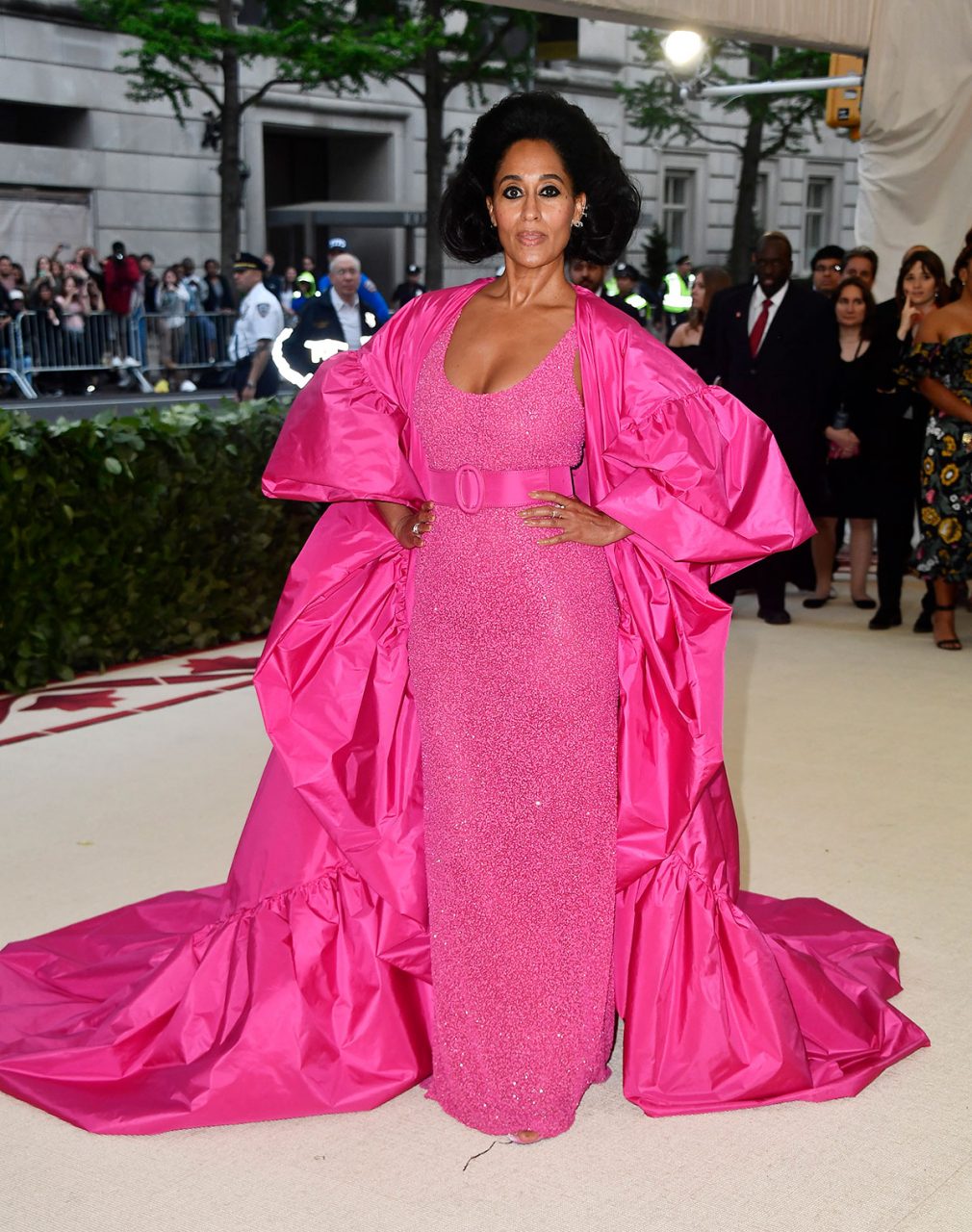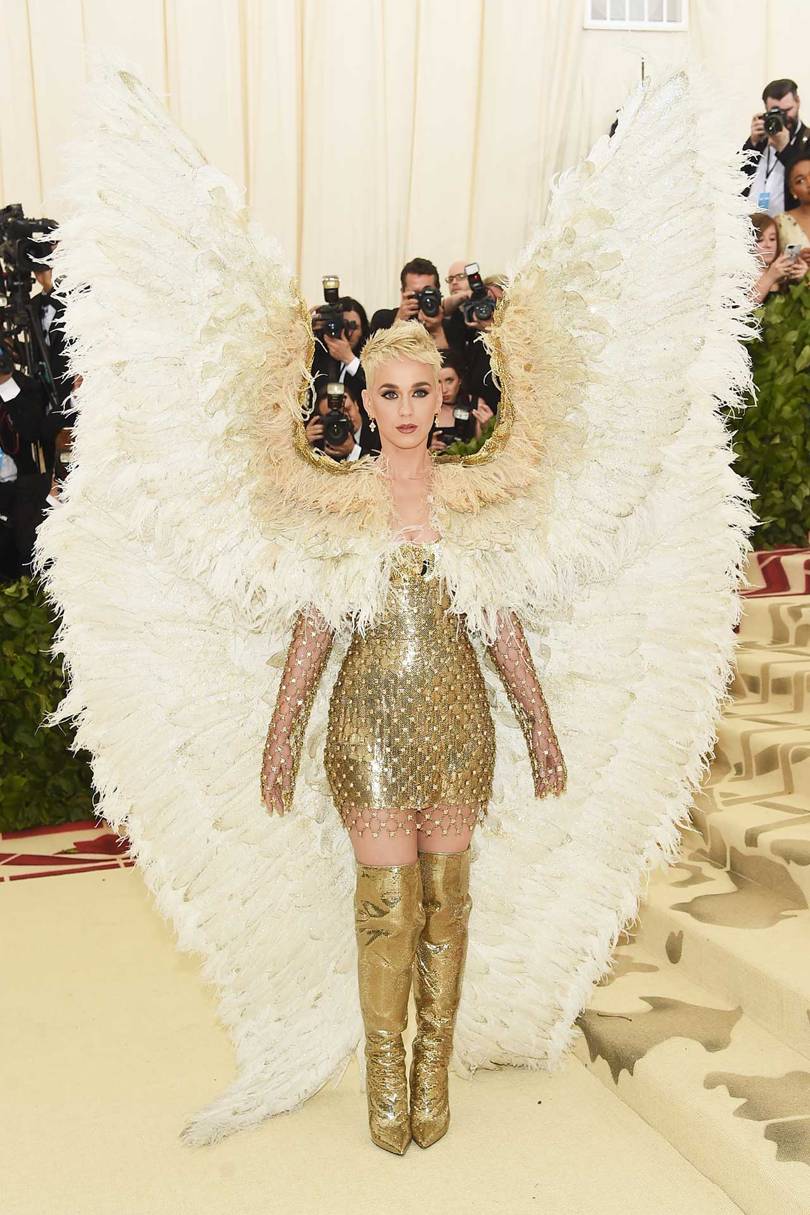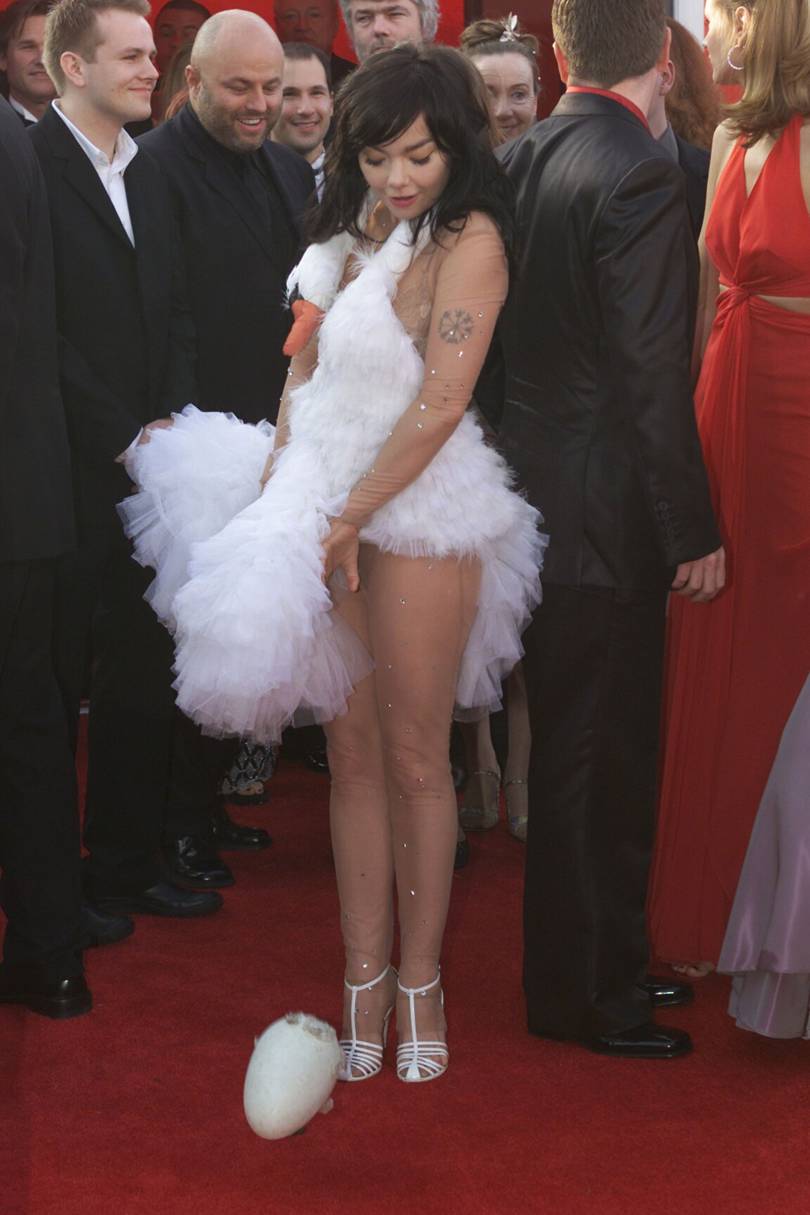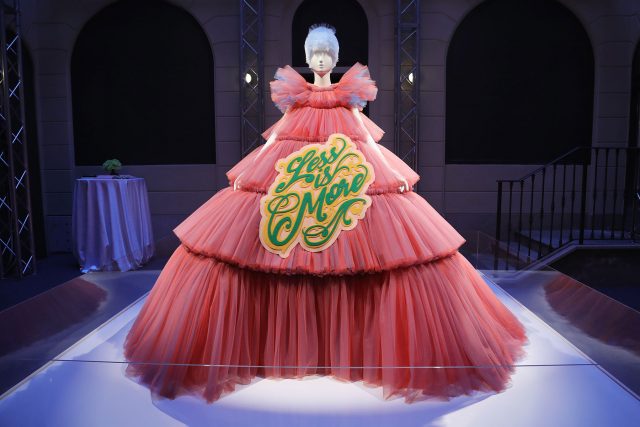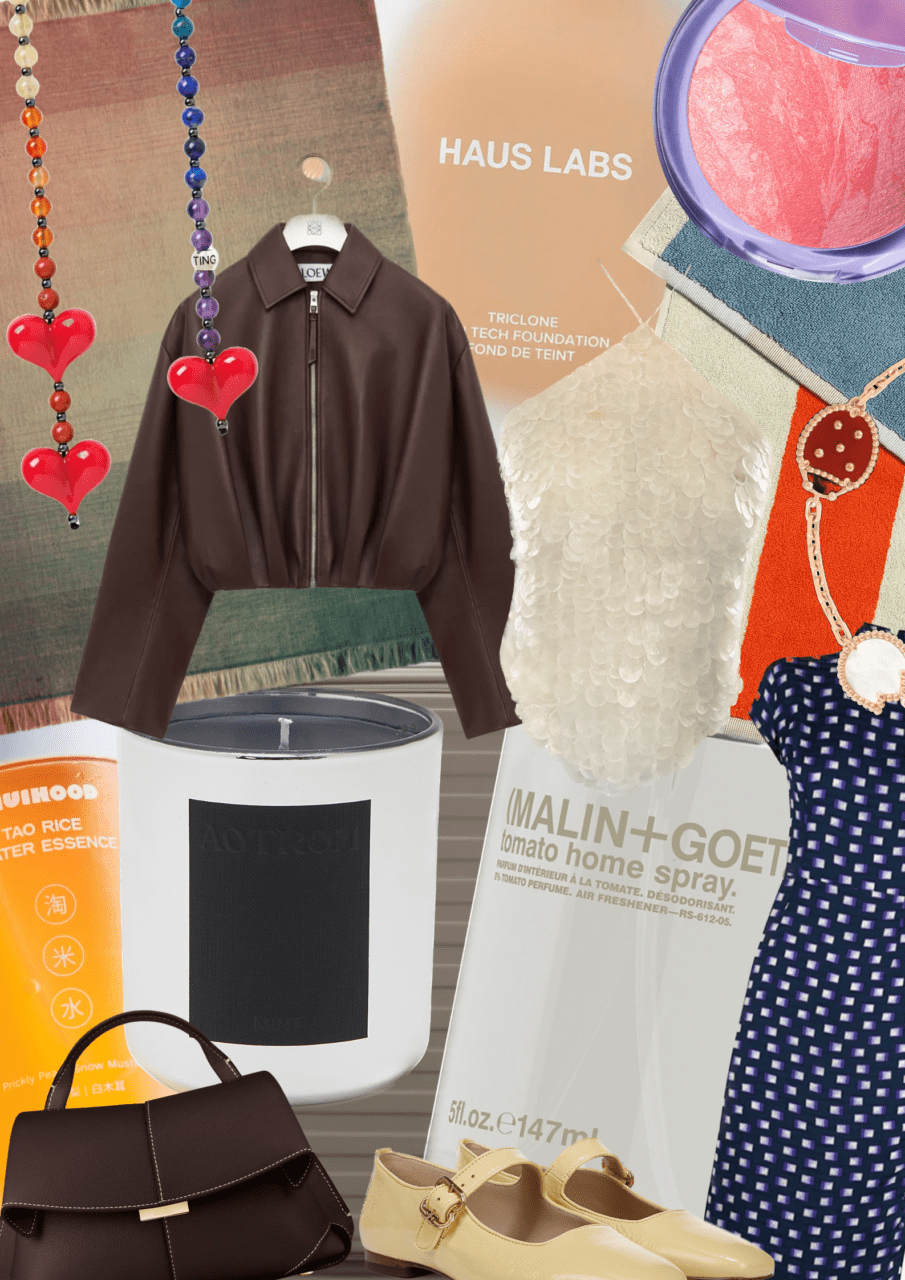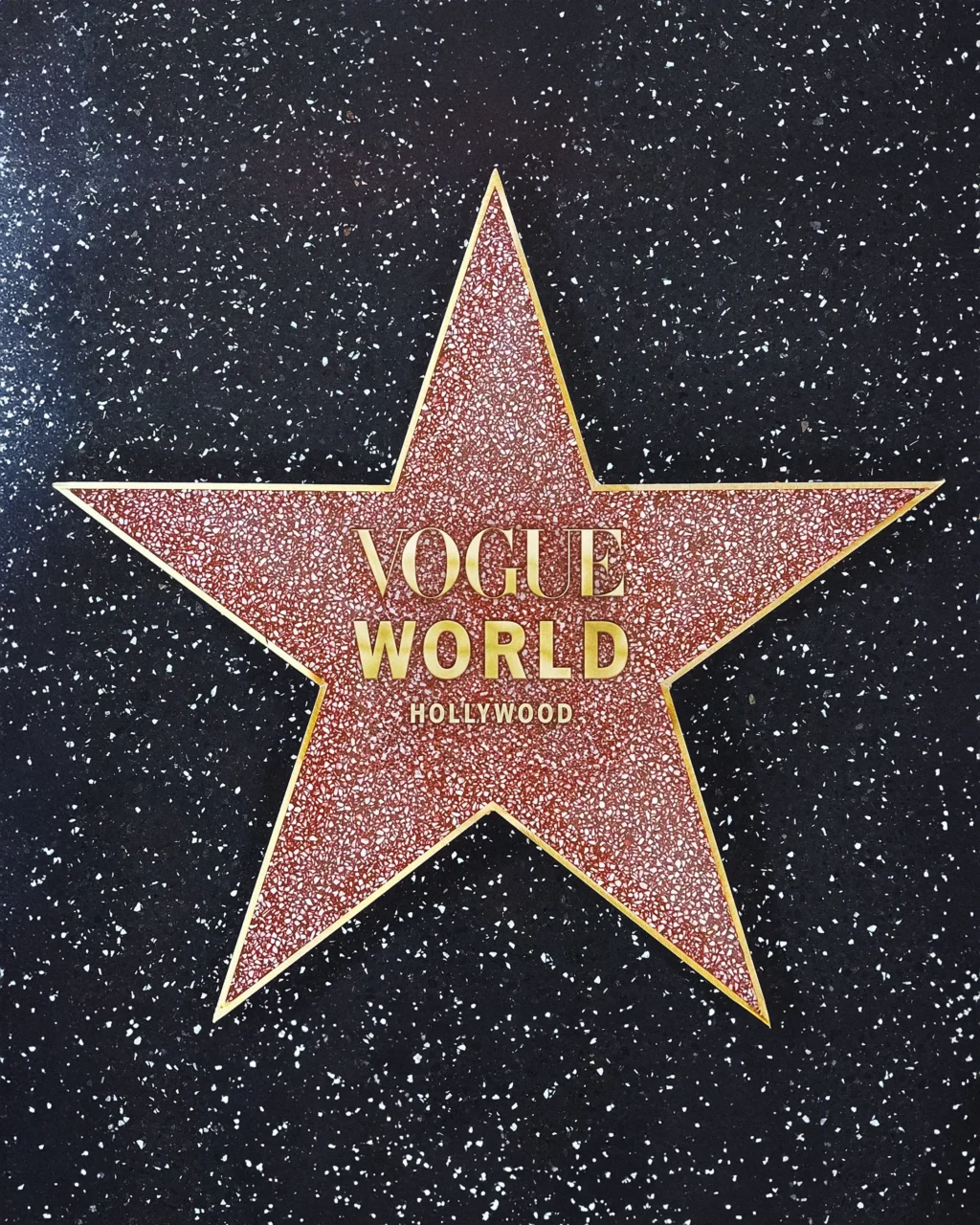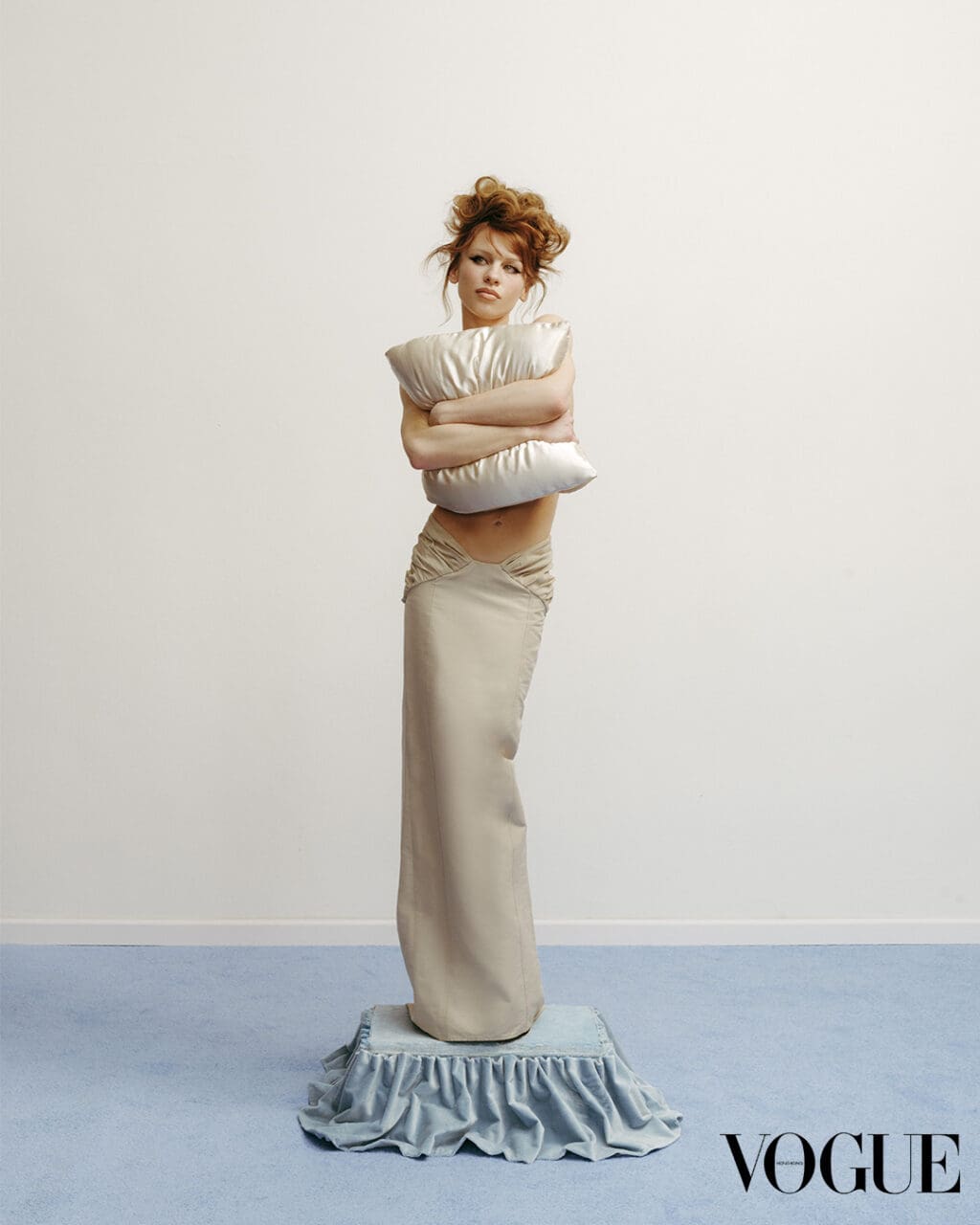The guest list for the Met Gala 2019 might have been publicised last week, but the industry has been quietly ruminating on it since May 8, 2018 – the day after the red carpet was rolled away for another year. As soon as the photographs of the fabulous fashion are circulated, it’s on to the next one. “Who’s cool?”, “who’s on-brand?” designers ask Hollywood’s most in-demand stylists, such as Elizabeth Saltzman and Kate Young, as email exchanges fire up the world over and the courting begins. Ticket offers must tick off friends and those who are contractually obliged to go with a brand, as well as tapping into the future zeitgeist.
Rihanna at the Met Gala 2015 "China: Through The Looking Glass"
Photo: Getty Images
By the time the theme was announced in October, one would have expected creative directors to be in a flurry of creativity and moodboards bursting with ideas for the “camp” theme. Wrong. Each brand must tentatively map out the table plan and the red-carpet line-up before they can flesh out the finer details. “Only one person can wear white, only one person can wear red for example,” Saltzman explains of her duty to piece together an entire party’s image.
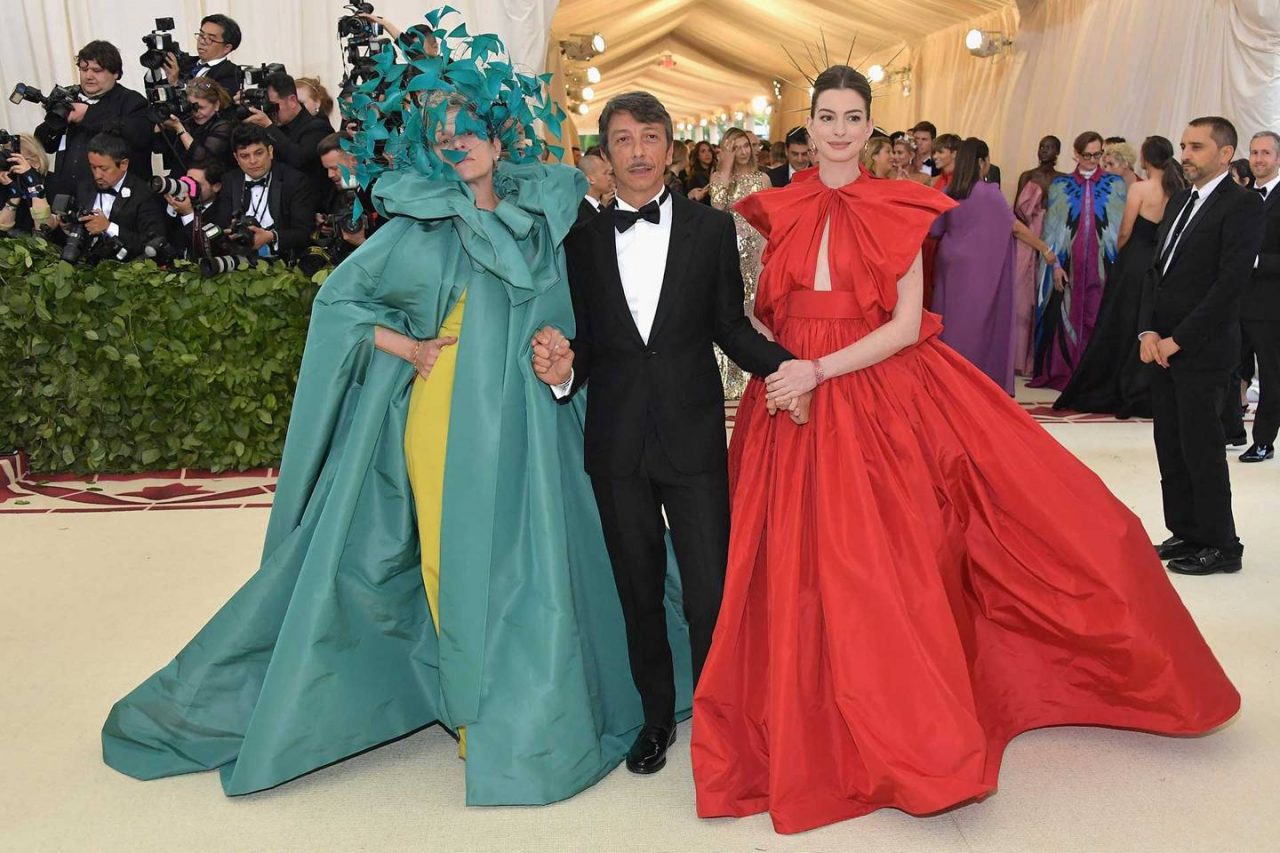
Frances McDormand, Pierpaolo Piccioli, and Anne Hathaway at the Met Gala 2018 "Heavenly Bodies: Fashion & The Catholic Imagination"
Photo: Getty Images
Then, quelle horreur! A company might prioritise showcasing “what’s hot” at the brand, rather than embark on a costly, time-consuming process of creating something custom that won’t ever go into production. “It’s not a costume ball or a fancy-dress party,” reasons Saltzman. “It’s a wonderful, glorious opportunity to create business.”
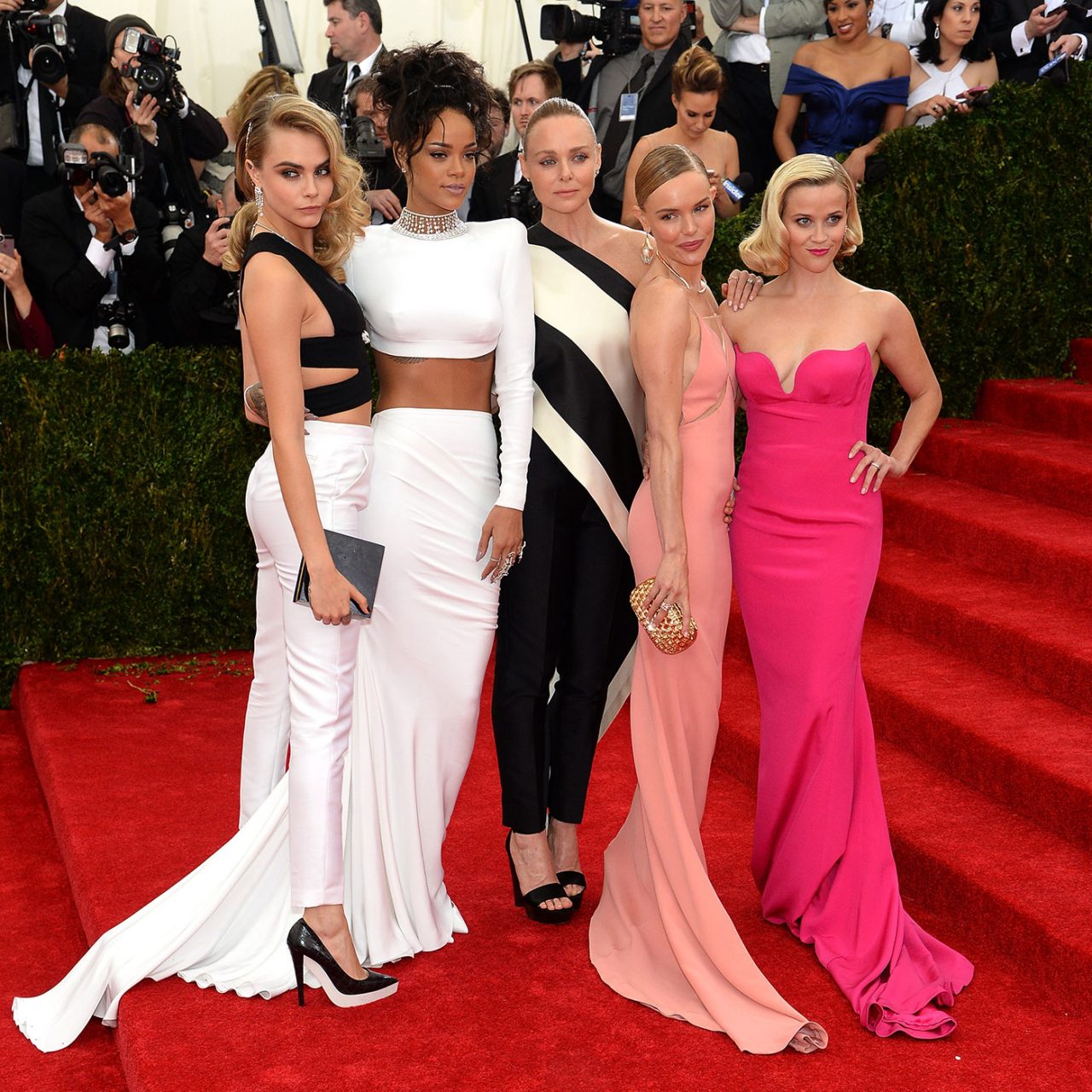
Cara Delevigne, Rihanna, Stella McCartney, Kate Bosworth and Reese Witherspoon at the Met Gala 2014 "Charles James: Beyond Fashion"
Photo: Getty Images
Young agrees: “Some people will go full drag and others will ignore it completely – the same as every year”. She hopes for drama – “Feathers! Capes! Sparkles! Embellishment!” – and refers to Joris-Karl Huysmans’s À rebours as her personal reference point for “camp”. The 1884 novel explores the experience of an ailing aristocrat, Jean des Esseintes, as he holes himself up in an isolated villa and indulges his taste for total luxury and excess. Camp, for Young, is a complete rejection of naturalism.
Saltzman counters that this level of fantasy can feel quite alien to some. “The Katy Perrys of the world are performers and have had stage costumes throughout their careers, so they know what the attention feels like,” she says. “Others wouldn’t feel confident because that fashion just doesn’t relate to them.” With Gucci as the official sponsor, there will be no shortage of flamboyant regalia to satiate the appetite of the Perrys of the world, however.
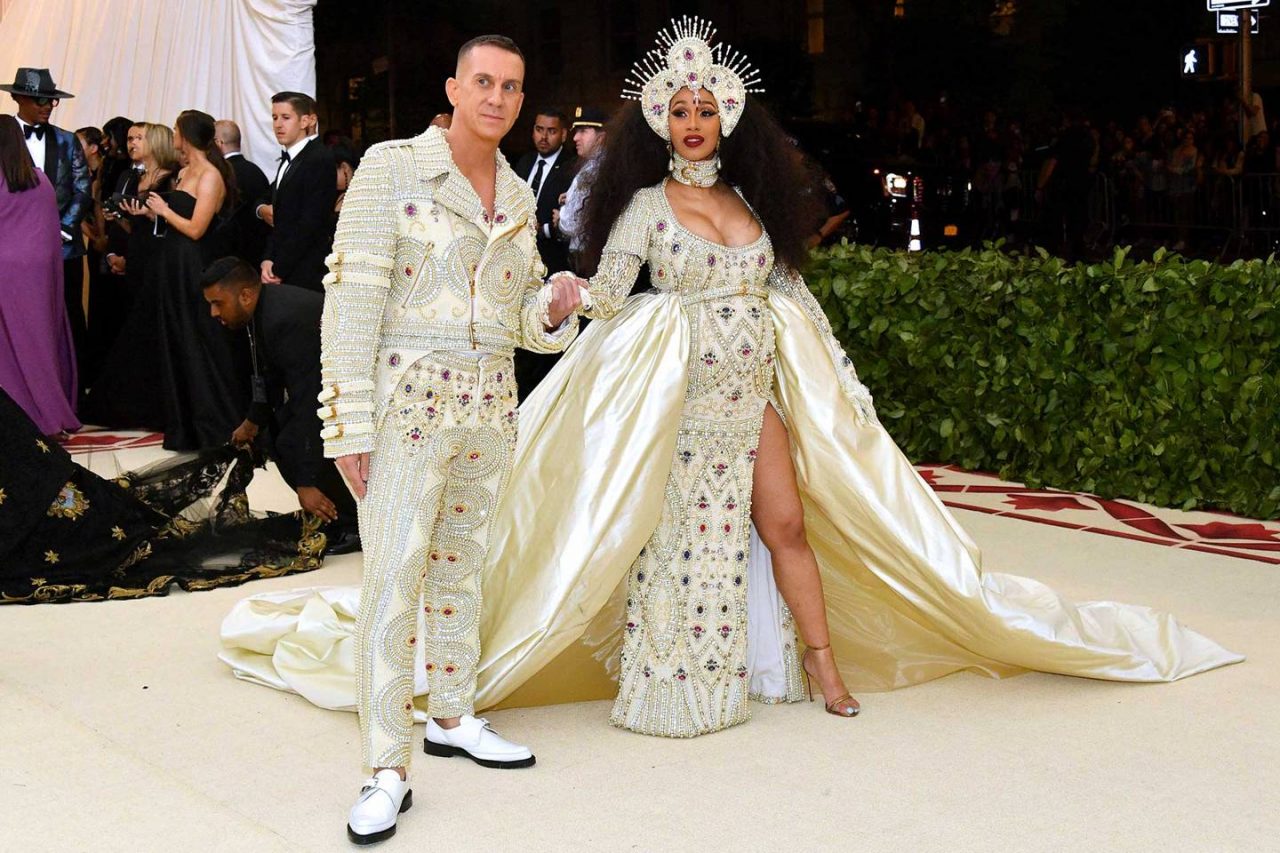
Jeremy Scott and Cardi B at the Met Gala 2018 "Heavenly Bodies: Fashion & The Catholic Imagination"
Photo: Getty Images
Then there’s the fact that the pictures outlast the event itself. “People don’t remember the theme, they just remember the dress,” comments Saltzman. “It’s my job to make sure the guests look amazing, and then adapt the look to the theme when I can.” Young’s advice is to rely on make-up to bring extremity to a classic red-carpet ensemble. Striking beauty close-ups will excite the media, while the full-length shots will remain in the archive.
Cher at the 61st Annual Academy Awards in 1986
Photo: Getty Images
“Interpreting the theme is such an individual thing,” Young muses. “It really does depend on the person.” Even Andrew Bolton, the curator of the Metropolitan Museum of Art’s [i]Camp: Notes on Fashion/i] exhibition, says himself that “camp” is impossible to define as it is “an amoeba” or “liquid mercury”. The text that underlines and inspires the contents of the show, Susan Sontag’s 1964 essay Notes on Camp, is also “written as jottings” because “that’s what camp is – a series of random expressions”. Bolton might be hoping for “Bob Mackie-styled Cher looks” and “Bjork-laying-an-egg moments” on May 6, but there are lots of hoops to jump through first. Let the games begin.
Björk at the 73rd Annual Academy Awards in 2001
Photo: Getty Images
Originally published on British Vogue.
Editor
Alice Newbold